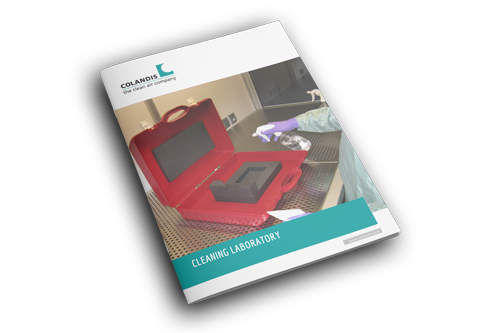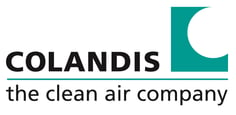Even if the contaminations during the production process can be reduced significantly under cleanroom conditions, this still not entirely ensures that also the machines and components used for production can meet the high requirements of the air cleanliness classification. Despite being positioned in a cleanroom, machines or individual components can have a higher particle concentration — and thus a lower cleanliness class—than the surrounding cleanroom. Each
production process as well as the integrated technology and certain peculiarities of the machines used inevitably lead to a deterioration of the cleanliness quality of the cleanroom. Most machines, for instance, have corners, edges, and other hard-to-reach places where additional particles can settle. A special solution is required to counteract this property of the machines and components and to ensure the necessary air cleanliness quality also in and on the machine: the cleaning
laboratory.
The use of appropriate cleaning laboratories for cleaning the objects contributes significantly to securing the production process of sensitive products and the quality of the products themselves.
The whitepaper "Cleaning Laboratory" answers the following questions:
- Why cleaning laboratories?
- What is a cleaning labatory?
- How does cleaning take place?
- From what phases does the cleaning process consist?
- What are the advantages of using a cleaning laboratory?
Get the free download now and find out more in the paper about the specifications around the topic "cleaning laboratory''.
All technical data are carefully prepared.
Simply fill in the form and receive your free whitepaper!

